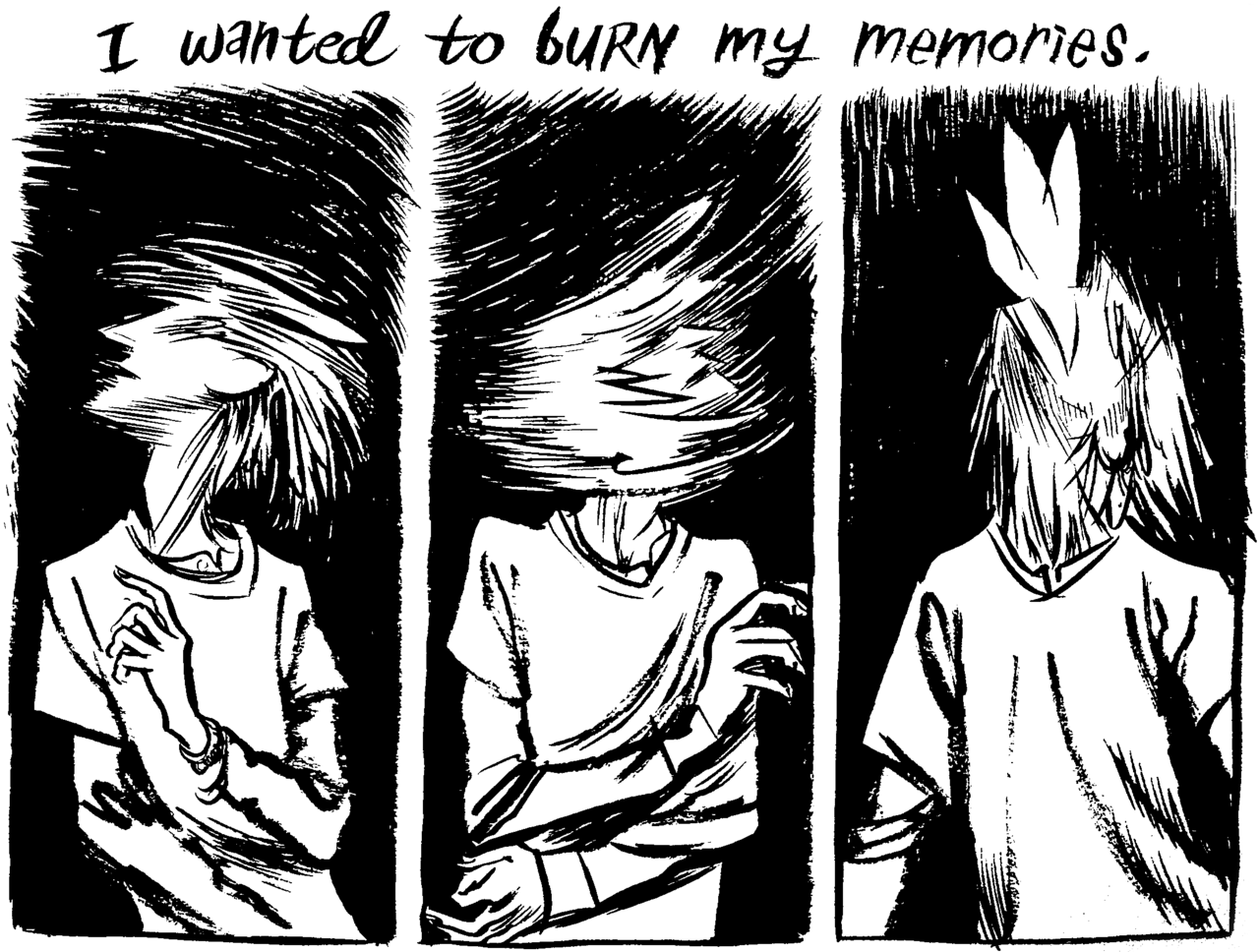Maus by Art Spiegleman
Maus is a graphic novel by Art Spieglman about his father's life before and during World War II, specifically during the Holocaust. Speilgeman employs interesting visual representations of different races/ethnicities in Maus - he depicts Jewish people as mice, while Germans and Poles are depicted as cats and pigs. Throughout the story, this type of representation occasionally deliberately falls through, such as when Spieglman is wondering whether or not to portray his wife, a french woman who converted to Judaism, as a mouse or not.
Maus is also one of, if not, the first graphic novel to be seriously considered in an academic context. Comics have a history of being considered non-academic and frivolous, but Maus changed that due to it's subject matter and artful storytelling. It paved the way for comics of a more serious/historical context, like March, a comic about the civil rights movement. It gave academics a chance to realize that comics can be useful tools in order to teach, giving them a new way to engage people.
All in all, Maus is a well done and beautiful story, it's look into a life of someone who lived through a time of widespread tragedy and the relationship between a father and son.












